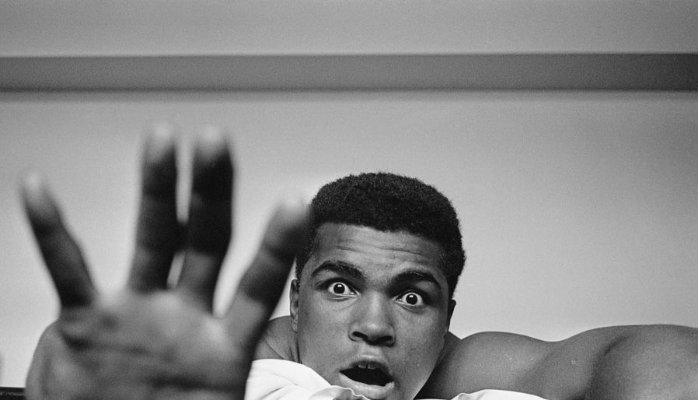
The term “customer experience” is ubiquitous in business these days. In fact, focusing on the customer experience has become the single most important way for an organization to achieve success—often becoming its key differentiator and competitive advantage.
But what exactly is customer experience? How does it differ from customer service? And to what extent should your business or organization be focused on or concerned about it?
First, let’s start by defining customer experience as the sum of all interactions a customer has with a company. This can include everything from a customer’s initial awareness or discovery of a company, product, or service and progressing through the purchase and use of those products or services. Together these all add up to the critical moments—the touch points—that create an organization’s overall customer experience.
To better understand what customer experience is (and is not), consider this story about a car dealership we worked with several years ago. Although sales were solid, management was concerned that their customers and employees were not happy. So we worked with their team to help them create an intentional effort focused around exceeding customer expectations at every key touch point. The entire organization—the employees, the processes, and the facilities—that created their customer experience were realigned, and the results were dramatic. Over the past few years, the dealership has achieved a 26 percent increase in sales.
he key learning here is that customer experience moves us beyond the traditional definition of customer service—those individual moments when employees are providing direct service to customers. It is also about the bigger picture of what happens before and after these service interactions.
To truly gain an understanding of customer experience, you must know that it encompasses every aspect of a company’s offerings—from the quality of its customer care to its reputation management, marketing, packaging, product and service features, ease of use, reliability, and beyond.
This distinction is more important than ever now, especially for organizations that want to continue to differentiate themselves from their competition. Customer experience must be understood and approached holistically, with those responsible for each area of a company’s offerings giving intentional thought and focus to how their decisions will shape and impact the overall customer experience.
Here are three actions any organization can take to start moving its customer experience toward tip-top shape:
Create an organizational common purpose. A common purpose is a succinct explanation of what you want the customer experience to be at an emotional level, and it is the essential foundation on which all other service decisions can be developed. It represents to all employees what you stand for and why you exist, and is your primary tool for getting everyone on the same page.
Get to know your customers holistically. Your knowledge of the customer must extend far beyond the boundaries of traditional service criteria. Truly understanding their needs, wants, and emotions and the industry stereotypes is the key to creating personalized interactions. Listening posts provide a customer-centric tool that companies can use to assess the customer experience and immediately identify areas where customer expectations are (or are not) being met and exceeded.
View exceptional service as an economic asset instead of an expense. Lifetime customer relationships are at stake, so the return on investment for providing consistently exceptional service clearly justifies the short-term cost.
Customer experience is about much more than just customer service. It is about fostering employee engagement. It is about truly understanding your customer, architecting a plan for delivering exceptional customer service, and then empowering employees to deliver it. It is about training leaders to reinforce the right behaviors that support exceptional customer experience. And finally, it is about discovering and acting on your organization’s areas of opportunity.
About Disney Institute
As the trusted, authoritative voice on the Disney approach to customer experience, Disney Institute uses business insights and time-tested examples from Disney parks and resorts worldwide to help organizations develop the customer experience culture they are capable of delivering. For nearly three decades, Disney Institute has helped professionals discover ways to positively impact their organizations and the customers they serve through immersion in leadership, service, and employee engagement. Unique to Disney Institute is the opportunity to go behind the scenes in a “living laboratory” to observe firsthand how Disney methodologies are operationalized and how they can be adapted and applied to any work environment.
Let our experience change yours. To learn more about courses that explore the Disney approach, visit DisneyInstitute.com.
Source: HBR.ORG









